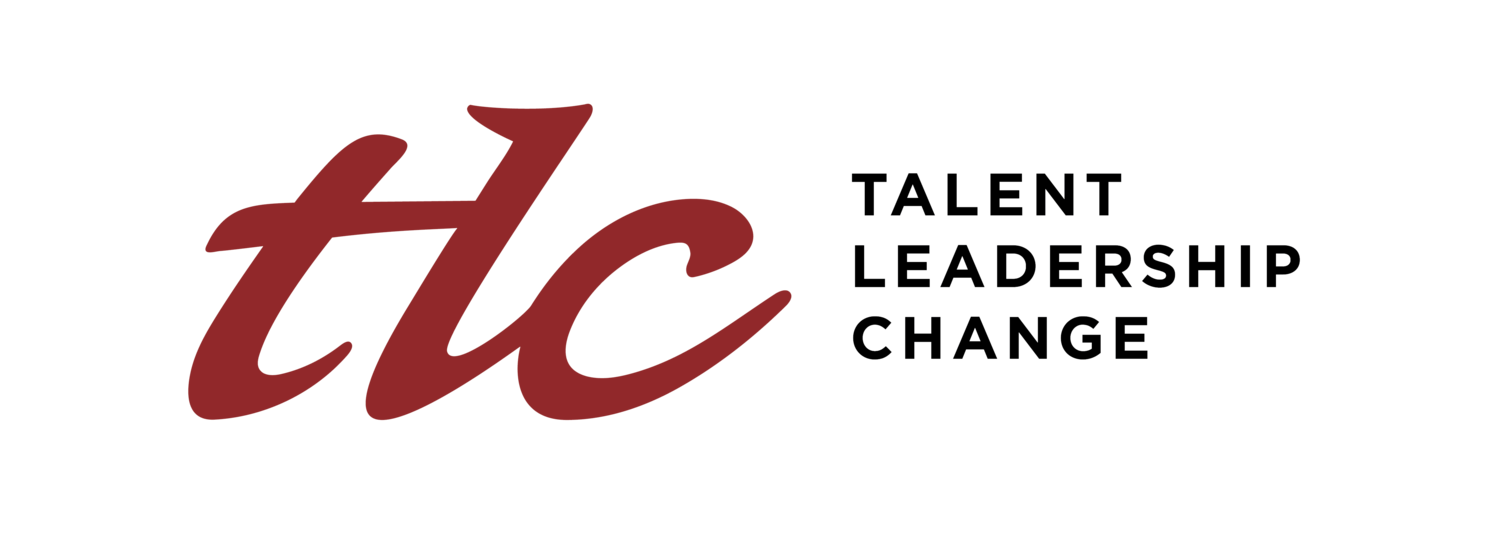THE ‘EAT , PRAY, LOVE’ WELLNESS FORMULA
Every so often, an executive finds herself or himself at a crossroad. For some mysterious reason, one is led to ask the existential questions of life and work. Is this all there is to it? What’s next for me? Do I have the will and energy to go for it?
Julia Roberts in the 2010 film Eat, Pray, Love is a successful career woman who finds herself in a mid-life crisis. She leaves behind everything that once defined her with great clarity. She seemed “okay” by most measures of a successful life but she was quite unwell and very much in turmoil deep inside. Armed with nothing but a sense of adventure and what remains of her post-alimony settlement, she dives into the unknown. She heads for Italy to “eat” and discover its gastronomical delights; to India to “pray” and inquire into the spiritual realms of her being; then finally lands in Indonesia where she finds her new “love”.
Though I can’t identify with Robert’s character, I can say I, too, have had my share of critical moments when my self-awareness and consciousness suddenly began to shift. They were triggered by different things that mattered to me: job loss, relationship failures, exciting career opportunities, motherhood, single parenthood, near-stroke and other challenges big and small. All prompted me to step back to find a more integrated sense of wellness.
A great deal of attention is now focused on executive “wellness”. Yet, very few have a deeper understanding of what is implied beyond the usual rituals such as facials and massages, destination spas, organic food, fitness regimens, competitive sports and the annual executive check-up. It is easier to assess the wellness of a company than of the executives who run it.
Increasingly, in my consulting and coaching practice, I face executives who are in very serious stages of “being unwell”. The treasurer of one conglomerate passed away at 40 without training a possible successor. A key executive of a leading multinational company suffered a stroke in the middle of a board meeting. The head of another conglomerate’s strategic business unit is a hot head who delivers the numbers but not without “bloodshed” referring to the high attrition of talents in his group.
“What will it take for us to take our wellness more seriously? Intentionality.”
Some signs of unwellness are easy to spot. These include obesity and a protruding belly that are clear signs of excess visceral fat, the most deadly of its kind. Others are less noticeable: hypertension, acid reflux, ulcers, diabetes, hormone imbalances. All are symptoms of lifestyle diseases of the 21st century executive who travels extensively, gets very little sleep, eats high-fat restaurant food and entertains until the wee hours. But the telltale signs that one is headed toward something deeper and darker are almost imperceptible: sustained toxic stress, downright depression and attention deficit traits. The costs of failing to address these signs of “unwellness” are high, and could include broken marriages, relational conflicts, alienation even in a highly connected world and at times, suicide.
A recent Rippe Health Assessment Study of Senior Executives found that “senior executives have a higher risk of heart disease, diabetes and other medical conditions”. The study showed that 73% of the participants were living a sedentary lifestyle, and that 80 of the 200 patients studied were obese.
In reaction, many corporate boards of directors are seeking health clearances for their top executives. This same report says “C-level executive health issues can be devastating to a corporation,” referring to well known companies that experienced unexpected executive illnesses, including McDonald’s, Clorox, Pilgrim’s Pride, EarthLink, Sara Lee and Apple.
What will it take for us to take our wellness more seriously? Intentionality. We must consciously shift our mindsets from “What I don’t know won’t hurt me” to “What is my state of eating, praying, loving?” And we should get moving – physically – the best way to burn all the energy stored from all our eating. And we should do it right here, right now, rather than wait for when we have the time to travel to Italy, India or Indonesia.
*Published as a monthly Leadership Column in Forbes Philippines
